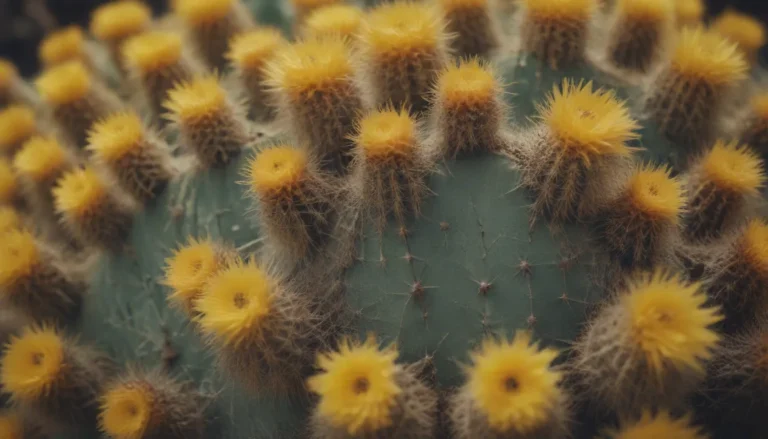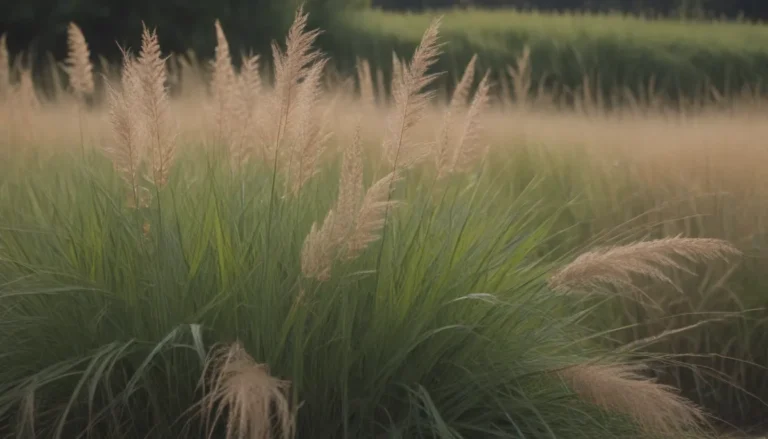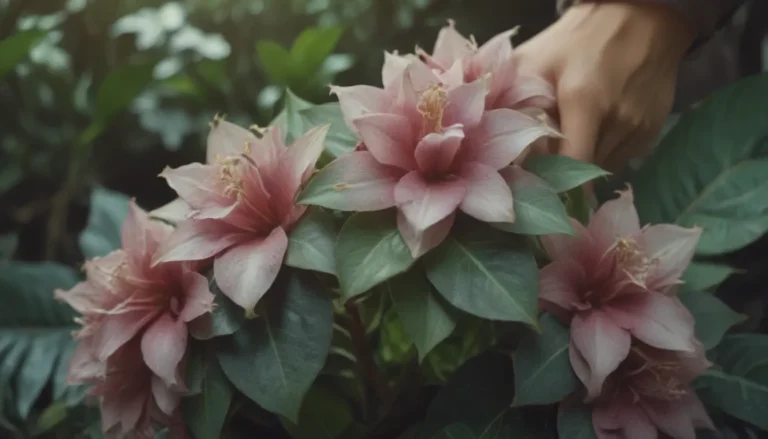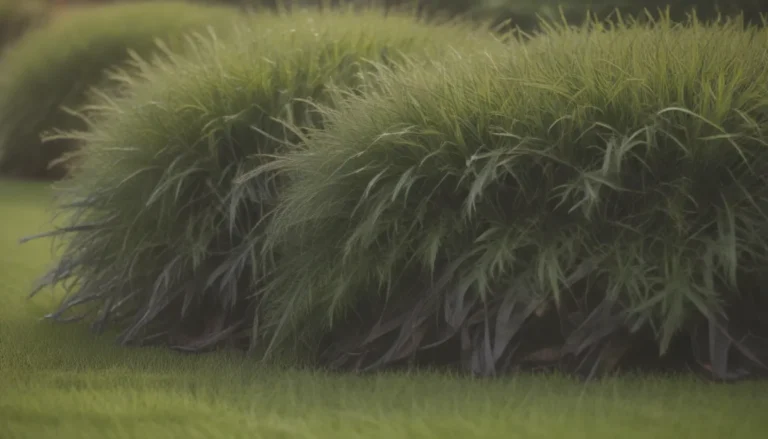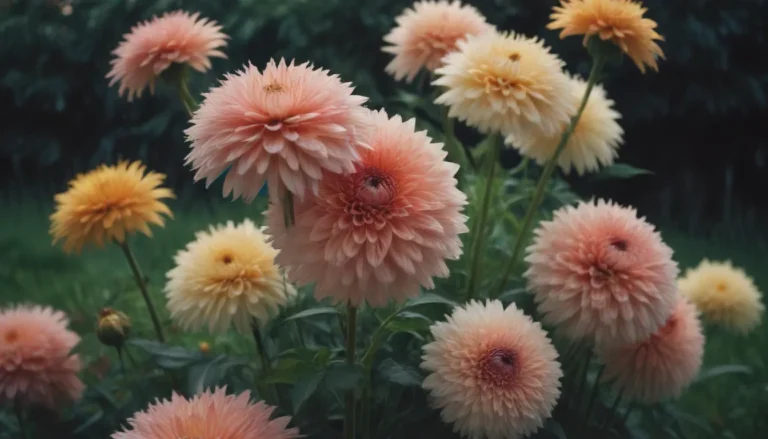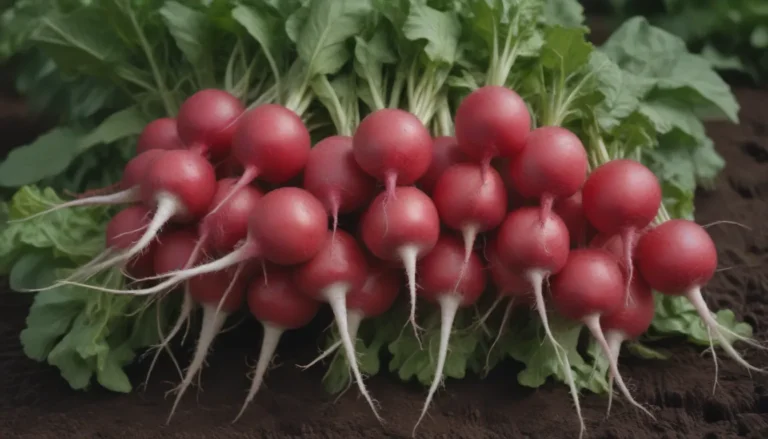Ultimate Guide to Growing and Caring for Ivy Geraniums
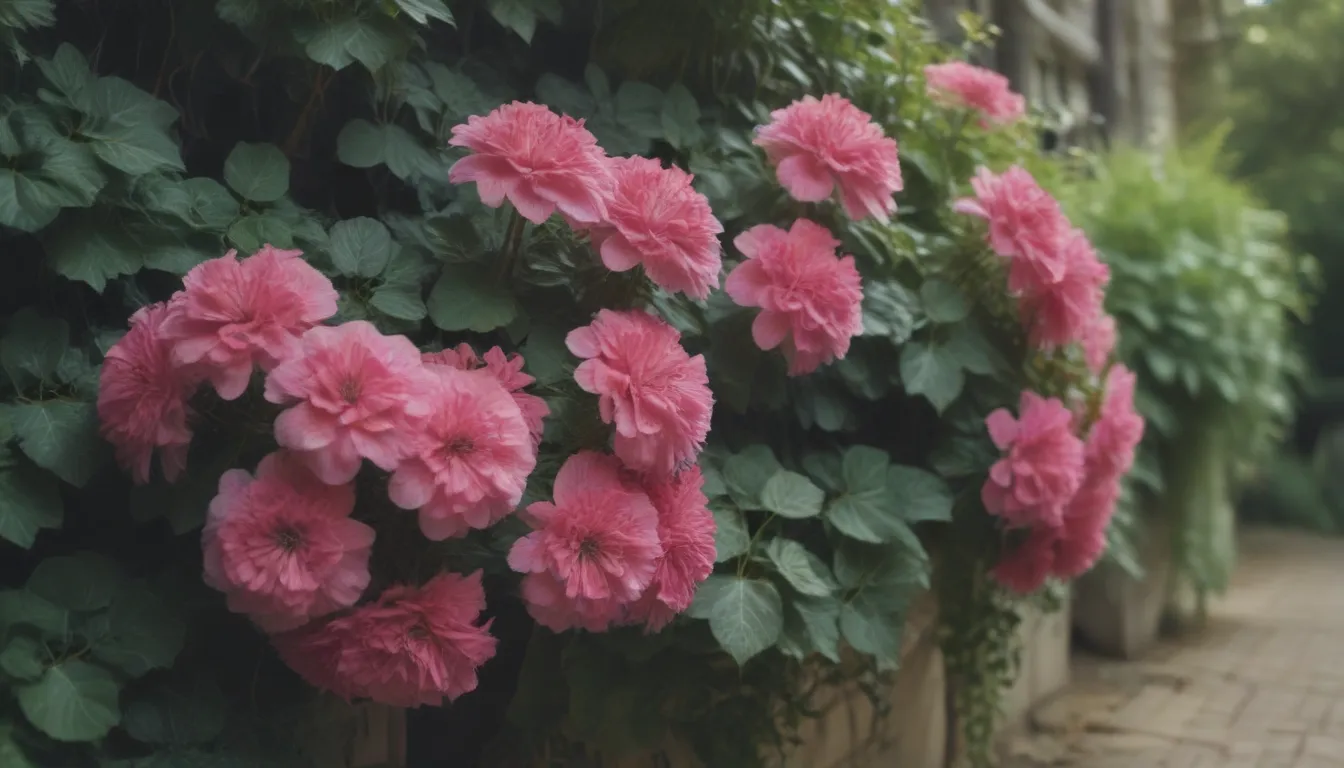
If you’re looking to add a splash of vibrant color and cascading beauty to your garden or patio, ivy geraniums are the perfect choice. These versatile plants, technically members of the Pelargonium genus, are beloved for their trailing habit that makes them ideal for hanging baskets, window boxes, and containers.
In this comprehensive guide, we will walk you through everything you need to know about growing and caring for ivy geraniums, from the different varieties available to common pests and diseases to watch out for. So, grab your gardening gloves and let’s dive in!
Getting to Know Ivy Geraniums
Ivy geraniums, also known as ivy-leafed geraniums, belong to the Pelargonium genus of evergreen perennials native to South Africa. With their large, fleshy lobed leaves and stunning flower umbrels that extend on stalks, these plants are a popular choice for gardeners looking to add a pop of color to their outdoor spaces.
Key Features of Ivy Geraniums:
– Trailing, cascading stems that can reach up to five feet in length
– Rapid growth during the warm spring months
– Tender perennials typically grown as annuals in most regions
Ivy Geranium Care 101
While ivy geraniums are relatively easy to care for, they do have specific cultural requirements that differ from other types of geraniums. Here are some essential tips to help you keep your ivy geraniums happy and healthy:
Light: Ivy geraniums thrive in full sun, but they can also tolerate partial sun in regions with high summer temperatures. Aim for four to six hours of sunlight per day for optimal blooming.
Soil: Well-drained soil is key for ivy geraniums. A loamy or sandy loam mix with a neutral pH of 7.0 to 7.5 is ideal. Ensure that the soil allows for proper root aeration to help your plants flourish.
Water: Ivy geraniums appreciate regular watering, but be sure not to let the soil become waterlogged. Allow the soil surface to dry out between waterings, especially for potted plants that may dry out more quickly.
Temperature and Humidity: These plants prefer moderate temperatures in the summer and average to low humidity levels. Avoid high humidity, as it can increase the risk of fungal diseases.
Fertilizer: While not heavy feeders, ivy geraniums benefit from light, continuous feeding to enhance blooming. Consider using a slow-release fertilizer or a soluble plant food every two weeks during the growing season.
Types of Ivy Geraniums
With over 75 named cultivars available, there is a wide selection of ivy geranium varieties to choose from. Some popular favorites include:
- ‘Crocodile’
- ‘White Mesh’
- ‘Royal Amethyst’
- ‘Temprano Butterfly’
- ‘Mahogany’
In addition to these newer introductions, timeless classics like ‘Sybil Holmes’, ‘Beauty of Eastbourne’, and ‘King of Balcon’ continue to be popular choices among gardeners.
Pruning and Propagation
To keep your ivy geraniums looking their best, regular pruning is essential. When your plants become leggy, prune them back by about half to encourage bushier growth and a new flush of blooms. Deadheading spent flower heads will also promote continuous blossoms well into the fall.
If you’re interested in propagating your ivy geraniums, stem cuttings are the way to go. This method of asexual reproduction is relatively simple and can be done at various times throughout the year. For even more plants to enjoy, consider starting new cuttings in the fall and overwintering them indoors.
Growing Ivy Geraniums from Seed
While most ivy geraniums are propagated through stem cuttings, you can also grow these plants from seed. Keep in mind that hybrids and named cultivars may not come true from seed, but it’s still a fun and rewarding process. Here’s how to grow ivy geraniums from seed:
- Sow seeds in seed flats filled with seed-starter mix under glass or plastic covers.
- Maintain a temperature of around 74 degrees Fahrenheit for optimal germination.
- Transplant seedlings into individual pots once true leaves have formed.
- Seeds started indoors in mid to late winter will reach flowering size in about three months.
Potting and Repotting Tips
Due to their trailing nature, ivy geraniums are commonly grown in containers rather than garden beds. When potting these plants, choose relatively large containers with well-draining soil to retain moisture. Consider planting them in window boxes or urn planters for a stunning display.
Be careful when handling ivy geraniums during the potting process, as their stems can be fragile and prone to breakage. To prevent damage, hold the plants by the root ball rather than the stems. If growing these plants as perennials, be prepared to repot them into larger containers every few years to prevent becoming root-bound.
Overwintering Ivy Geraniums
While ivy geraniums are often treated as annuals, they can be overwintered indoors for future enjoyment. By cutting back the foliage and finding a sunny, cool location for the plants to rest during the winter months, you can successfully preserve them for the following growing season. Just remember to provide adequate light and temperature conditions to keep your plants healthy.
Common Pests and Diseases
In general, ivy geraniums are relatively pest and disease-resistant when grown outdoors. However, when brought indoors, they may be susceptible to common pests such as mealybugs, spider mites, thrips, and fungus gnats. Keep an eye out for any signs of infestation and treat them promptly with insecticidal soaps or neem oil.
Fungal diseases, such as leaf spot, can also occur in overwatered plants, particularly in poorly ventilated spaces. To prevent fungal issues, ensure proper air circulation and avoid overwatering your plants.
Troubleshooting Common Problems
Like any plant, ivy geraniums may encounter issues from time to time. One common problem to watch out for is oedema, which can cause corky spots on the underside of older leaves due to fluctuating moisture levels. Adjust your watering schedule to provide more consistent moisture to prevent this issue.
Additionally, older plants may become woody and sparse over time. If this occurs, prune them back severely to encourage new growth and rejuvenation. Repotting into larger containers can also help revive struggling plants and promote healthier growth.
In conclusion, ivy geraniums are versatile plants that can add a touch of elegance and color to any garden or patio. With proper care and attention to their specific needs, you can enjoy a cascade of beautiful blooms throughout the growing season. Whether you’re a seasoned gardener or a newbie plant parent, ivy geraniums are sure to delight and inspire you with their beauty and charm.
So, go ahead and embrace the joy of growing and caring for ivy geraniums. Your outdoor spaces will thank you for it!
